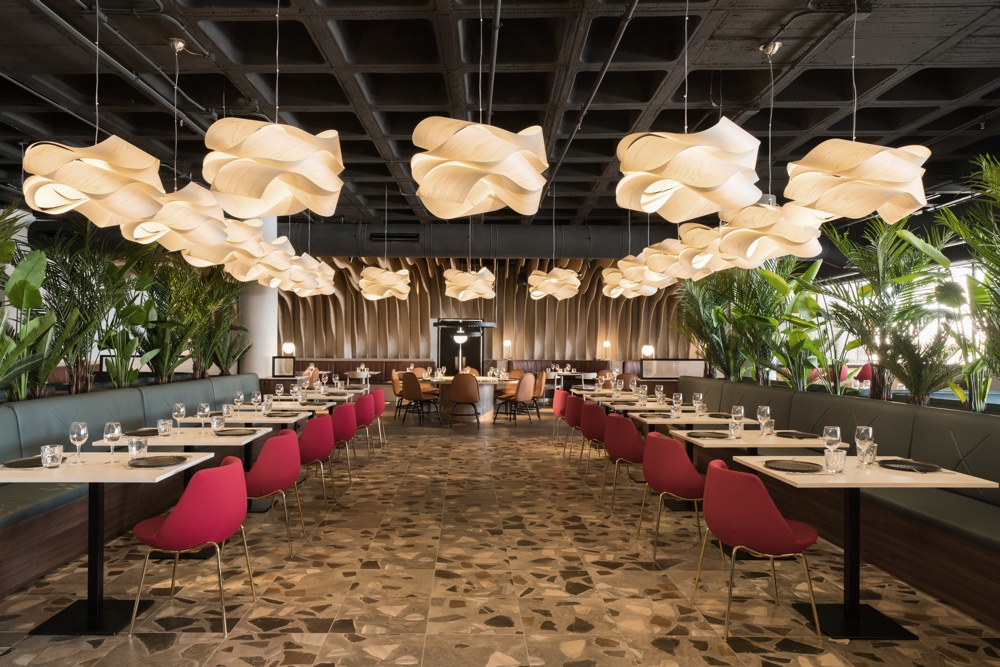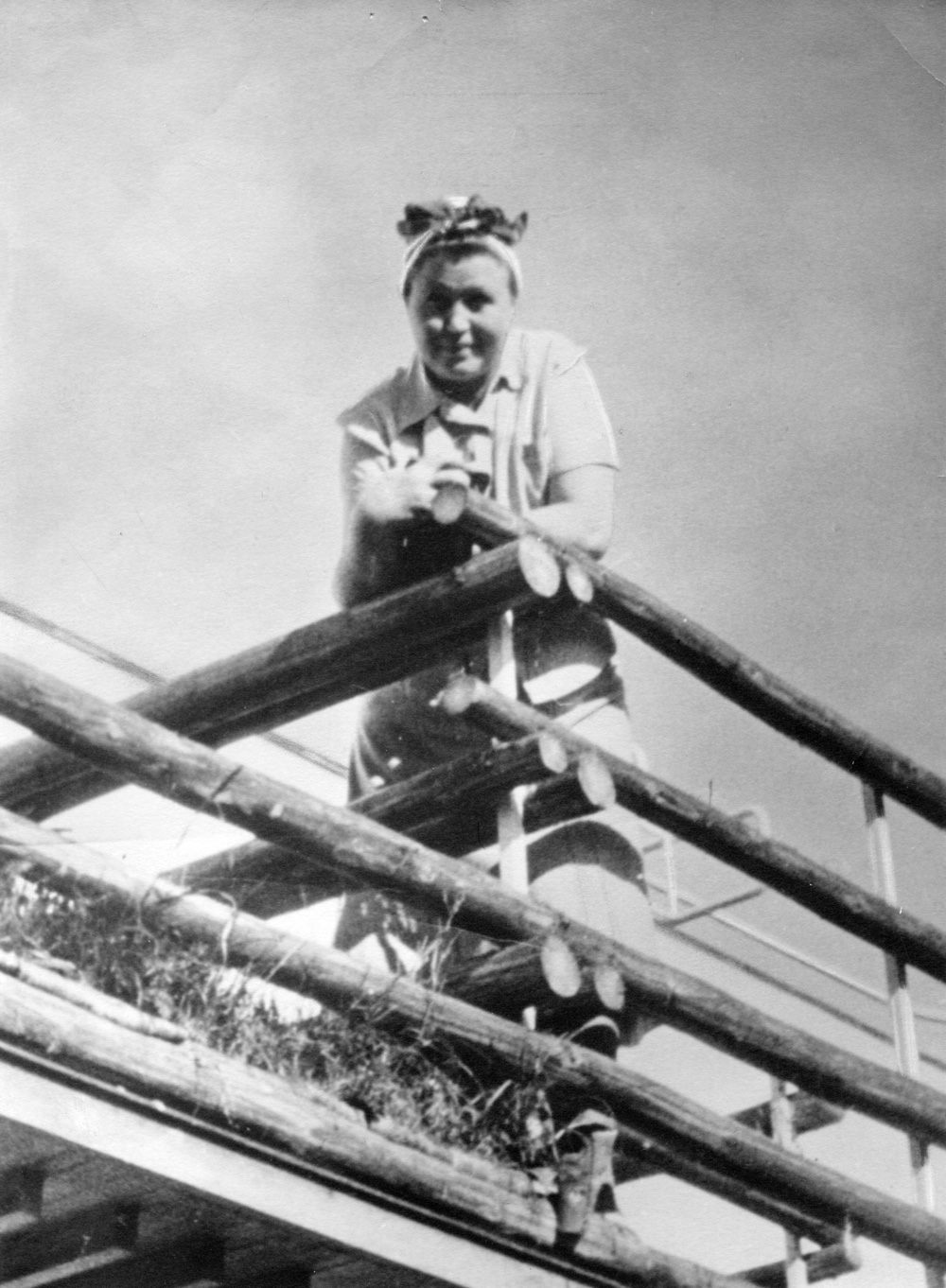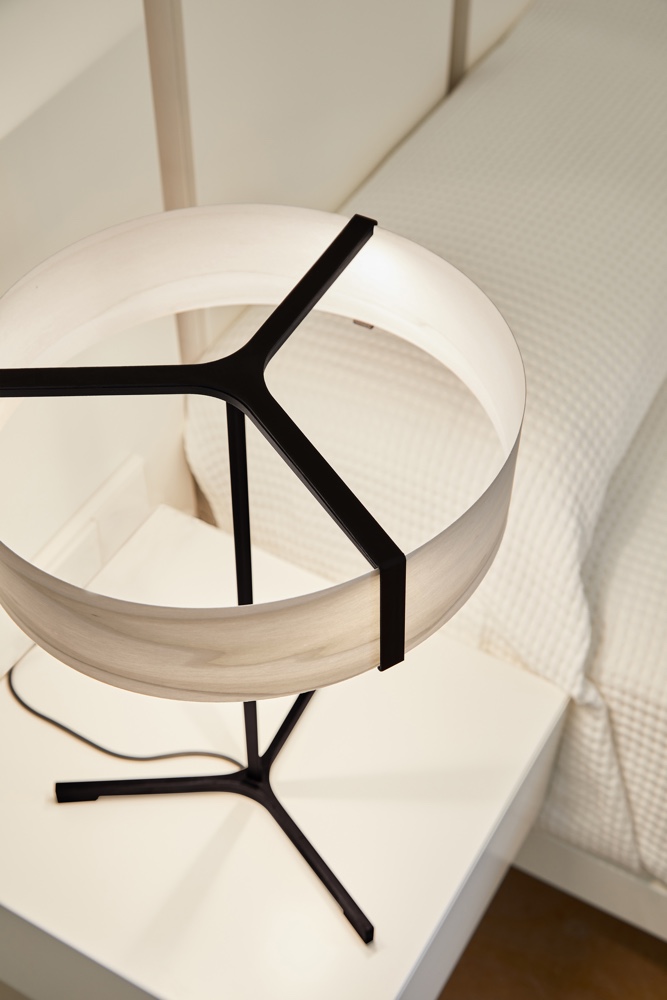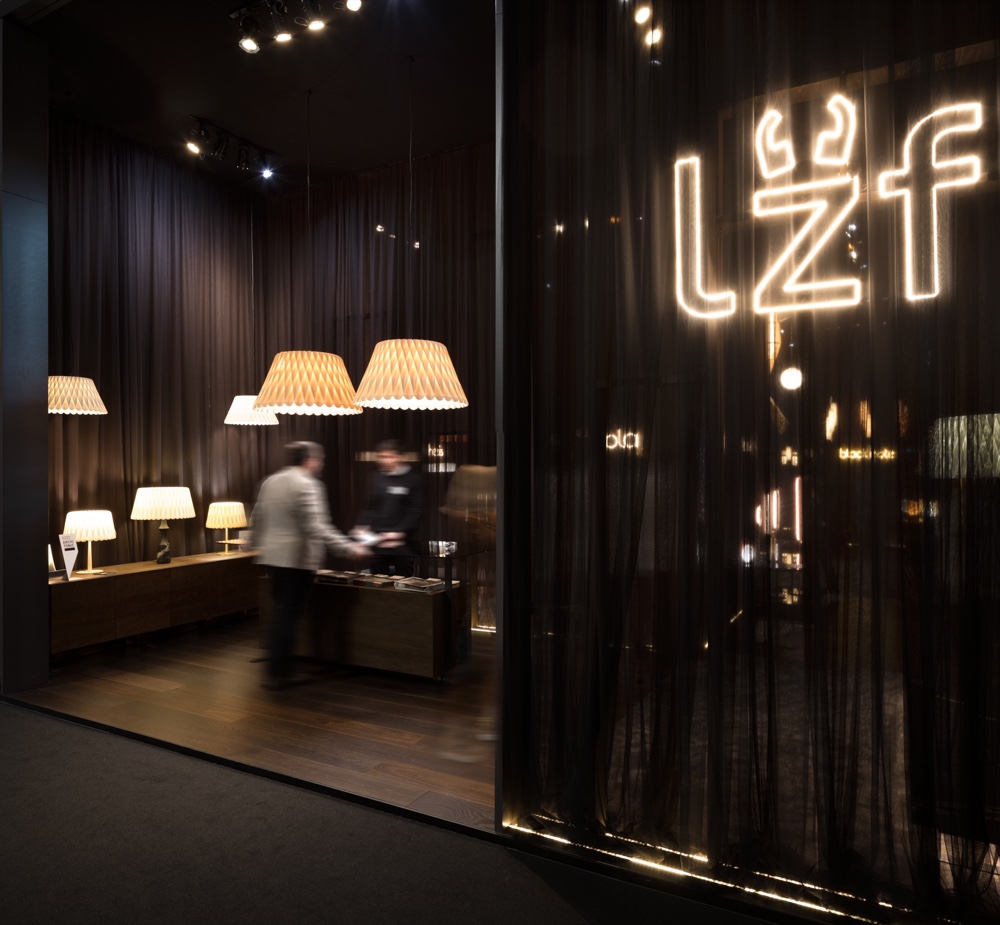Any modern discourse on gender roles in design history will, unsurprisingly, have a bias towards men—during the twentieth century, male architects and designers were the chief characters, their predominance a consequence of patriarchal norms. Too often, women were sidelined, with contributions and achievements underplayed as part of the historical design narrative. One such woman was Eileen Gray. She, like many of her female contemporaries, has in previous years been recognised for her key role in shaping modern design (albeit posthumously). Gray was beyond question an early pioneer of modernism, a woman whose work was notably avant-garde.

A 1927 portrait of Eileen Gray by American photographer Berenice Abbott.
Kathleen Eileen Gray (1878–1976) was born into a wealthy Irish–Scots family, in the town of Enniscorthy, County Wexford, Ireland. Her creative and artistic talents were championed by her father, an amateur artist. In 1898, Gray was one of the first women admitted as a student to London’s Slade School of Fine Art: here, she studied painting before embarking on an apprenticeship in a London lacquer workshop. Gray moved to Paris in 1902, where she continued her training in lacquerwork under the tutelage of Seizo Sugawara, a Japanese lacquer artist who had moved to Paris from Japan. In the coming years, Gray established herself as a leading light in the art of Japanese lacquerwork, her style favouring a form of modern abstraction. Gray’s approach to modernism was arguably more sensuous and spirited—one might venture more feminine—and very much in a class of its own.

Eileen Gray’s hand-lacquered Brick Screen was originally designed between 1922 and 1925. Pictured with her E1027 table and Day Bed. Photo © Aram Designs Ltd.

The lacquered Pirogue daybed designed for the rue de Lota apartment. Photo Courtesy of Design Museum via Dwell.
Around 1920, Gray was commissioned to decorate a Parisian apartment on rue de Lota for Madame Matthieu-Lévy, a famous modiste of the time. She applied her accomplished lacquerwork to the walls and furniture, an approach that would inspire the truly iconic hand-lacquered Brick Screen. In addition, Gray designed geometric patterned rugs, lamps and a Pirogue daybed for the apartment. As a result, many newspaper and magazine articles hailed it ‘a triumph of de luxe modern living.’ (Source: Design Museum)

Madame Matthieu-Lévy lying in the Pirogue daybed. Photographed by Baron de Meyer c. 1922.
During this period, Gray’s work was at odds with France’s popular art deco interiors and garnered much censure from the country’s design critics. Admirably resolute, Gray was undeterred, her work receiving praise from several foremost architectural giants, including Le Corbusier. In 1922, Gray opened Galerie Jean Désert (named after a fictitious male protagonist) on the fashionable rue du Faubourg Saint-Honoré in Paris, as a place to showcase and sell her creations—she was one of the first women to have her own shop in the French capital.

Jean Désert frontage at 217 rue du Faubourg Saint Honoré. Image © National Museum of Ireland via Victoria and Albert Museum.
Throughout the 1920s and 1930s, Eileen Gray would become a chief advocate for new theories in design and construction. Her next major design contribution was in architecture, a move partly encouraged by Jean Badovici, the Romanian-born and Paris-based architect and architecture critic (as well as one of Gray’s lovers). Badovici worked with Gray on the construction of villa E1027 (although she was the principal designer), a residence built on a steep cliff overlooking the Mediterranean at Roquebrune-Cap-Martin in France. E1027 was a cipher to the interwoven initials of Eileen Gray and Jean Badovici: E for Eileen, 10 and 2 for J and B, and 7 for G. Completed in 1929, the villa was a milestone in modernist architecture and design. The fact that Gray had no formal training as an architect—and that she was a woman—made E1027 a wonderfully accomplished achievement. Gray designed the furniture for her seaside dwelling, including the circular glass E1027 adjustable table and the curvaceous Bibendum armchair.

Eileen Gray’s villa E1027. Photograph reproduced with kind permission of the National Museum of Ireland (NMI).

E1027 photographed by Manuel Bougot in 2018. Following major restoration work, it is now possible to visit Eileen Gray’s villa E1027. Photo © Manuel Bougot via Dezeen.

Interior of E1027. Image via e.1027.org.

Interior of E1027 photographed by Manuel Bougot in 2018. Photo © Manuel Bougot.
Between 1937–1939, the architect Le Corbusier spent time at E1027. He was ‘dying to dirty the walls’, painting two murals in the villa in 1938 and a further five in 1939. Unsurprisingly, Eileen Gray was not at all happy. Today, Le Corbusier’s murals are preserved as part of the legacy of E1027. (Source: Cap Moderne)

Le Corbusier. Mural in drawing-room (April 1938) © Fondation Le Corbusier / ADAGP. Photo by Manuel Bougot via Cap Moderne.
Gray would go on to build a second house (a retreat) called Tempe à pailla, further along the Mediterranean coast at Castellar. The project was completed in 1934. Both E1027 and Tempe à pailla are considered among the purest examples of residential architecture and interior design from that period.

The exterior of Tempe à pailla. Image via Hidden Architecture.
Following WWII, Eileen Gray became increasingly secluded, for the most part forgotten by the design world. Her sudden obscurity remains mainly unexplained—little is known about Gray’s private life and she burnt all of her personal letters and mementoes in old age. Yet in 1968, Gray once again came to prominence: Joseph Rykwert, a renowned architectural historian and critic, penned an appreciation of Gray’s career for Domus magazine. Her comeback was further enhanced by an auction in Paris of the contents of couturier and art collector Jacques Doucet’s apartment—Doucet had been Gray’s first major client. In 1973, Eileen Gray worked with Zeev Aram, owner of Aram (a premier London design emporium), to bring her design archive back into production. Aram had met Gray at an exhibition and expressed his desire to produce her work. That same year, Gray granted sole licence to Aram Designs Ltd. to produce and market her pieces worldwide (today, Aram Designs Ltd. still retains the worldwide head licence for Eileen Gray Designs).

Day Bed (1925). Designed for E1027. Image © Aram Designs Ltd.

Non Conformist chair (1926). Image © Aram Designs Ltd.

Bibendum chair (1926). The design for this piece was influenced by the famous ‘Bibendum’ Michelin Man. Eileen Gray also jested it was her retort as a feminist to Le Corbusier’s ‘Grand Confort’. Also in the image is Gray’s Tube light (1927). Image © Aram Designs Ltd.

E1027 table (1927). Image © Aram Designs Ltd.

Monte Carlo sofa (1929). Image © Aram Designs Ltd.
Eileen Gray was someone who chose to challenge the status quo: as a bisexual woman, a self-taught practitioner and an Irish expat living in France, she was an outsider. Gray refrained from being part of a ‘movement’ and found her own success in a domineering, patriarchal society. She was a universal free spirit, a creator and a visionary whose style was a distinctive and expressive exposition of industrially produced materials and geometric forms. An often disregarded design heroine, Eileen Gray is one of the twentieth century’s most prominent and pivotal modernist designers.

A portrait of Eileen Gray in her later years. She passed away in Paris in 1976. Image © NMI.
Bibliography
Eileen Gray. Aram designs Ltd.
Eileen Gray. The Design Museum.
Sellers, L. (2017). Women design. 1st ed. London: Frances Lincoln.












